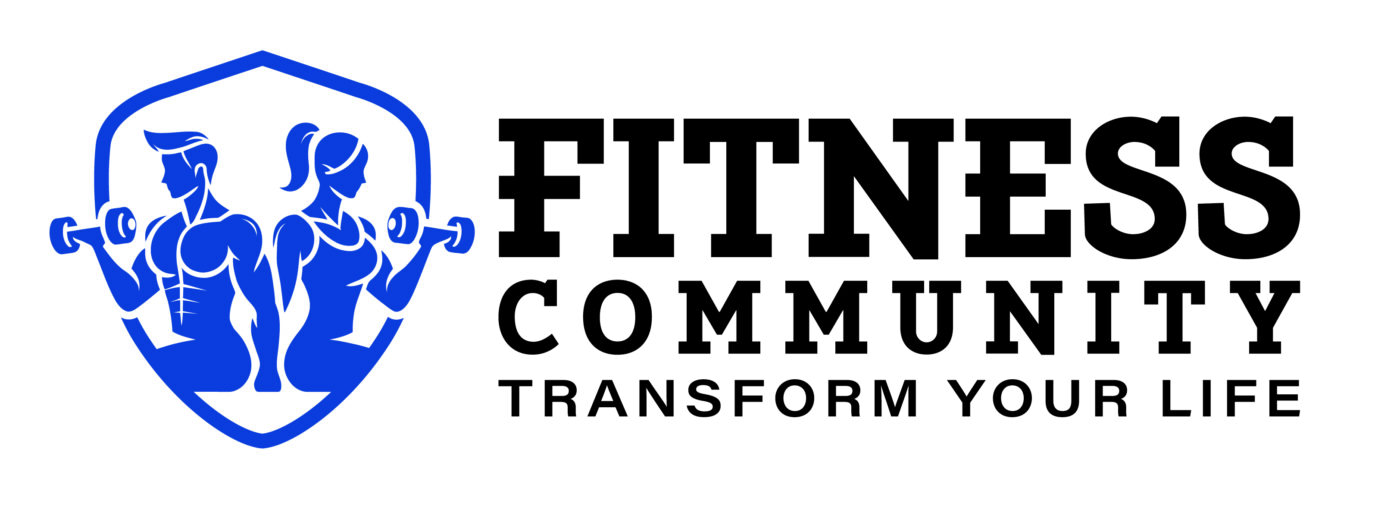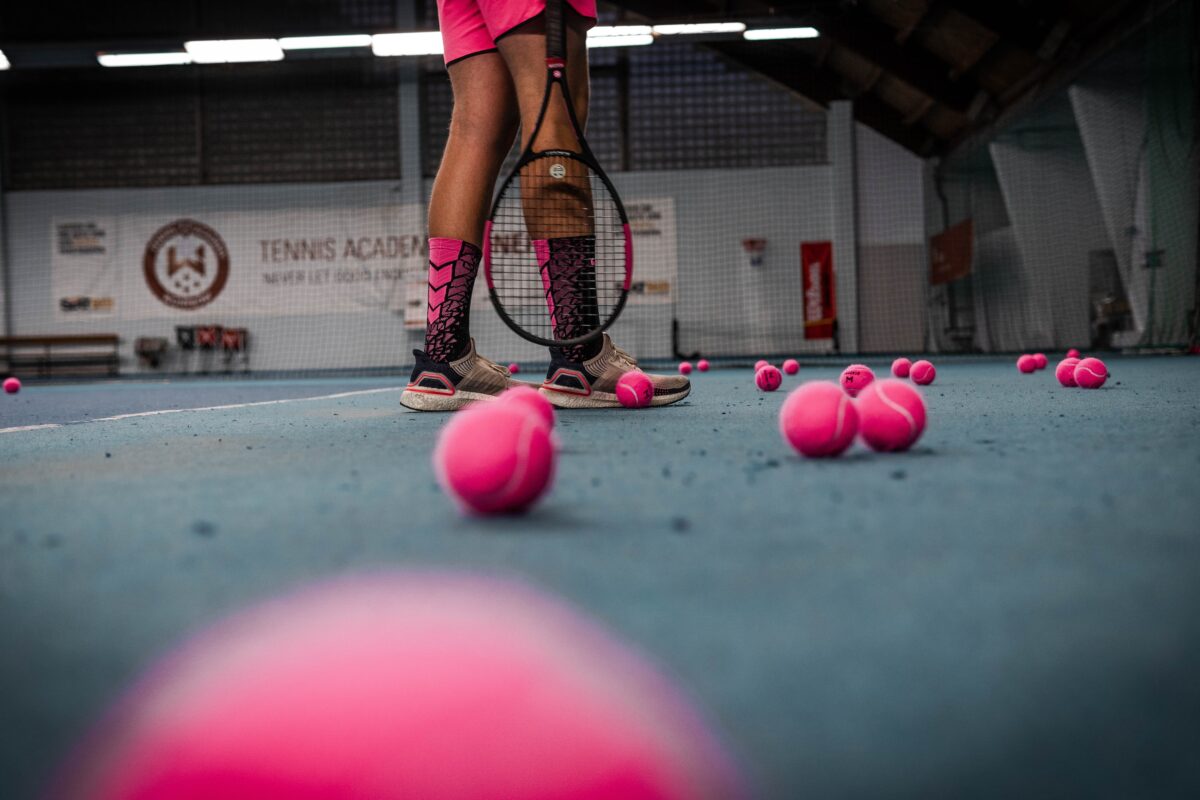HEALTH CONDITIONS AND REMEDIES
Safely Returning to Sports and Exercise after the COVID-19 Pandemic
The COVID-19 pandemic had a significant impact on people’s ability to engage in sports and physical activities, disrupting routines and limiting access to facilities. The resulting inactivity had adverse effects on physical and mental well-being. As individuals begin to return to public spaces, it is crucial to follow infection prevention guidelines to ensure personal safety and the well-being of others. Johns Hopkins sports physical therapy specialist John Dale and orthopedic physical therapy specialist Ryan Cummings address common concerns and provide advice on safely resuming sports and workout routines.
Importance of Gradual Return to Sports and Exercise
After a prolonged break from physical activity, it is essential to ease back into sports and exercise gradually. Your body needs time to readjust and rebuild its exercise tolerance.
“When you consistently engage in a specific activity, your body becomes accustomed to it,” explains Dale. “However, when you abruptly stop the activity, your body loses that accustomed level of performance. Resuming an activity after a prolonged break and expecting to pick up where you left off can lead to unwanted discomfort and pain.”
Starting slowly allows you to reestablish proper techniques and avoid overexertion or injury. Here are some safe ways to ramp up activity:
- For runners: Begin with a walk-to-run program. As you feel more comfortable walking for longer durations, reduce the walk time and increase the run time gradually.
- For weightlifters: Start with lighter weights and gradually increase the load. As the weight increases, decrease the number of repetitions. Progress should be based on your ability to increase weight or repetitions comfortably.
- Incorporate variety: Alternate activities during your workouts to engage different muscle groups and prevent overuse injuries.
Recognizing and Addressing Potential Injuries or Pains
Returning to sports or activities after a period of inactivity may result in common pains and strains rather than severe injuries. Look out for the following:
- General muscle soreness
- Shoulder pain
- Knee pain
- Achilles tendon pain
- Plantar fascia pain
- Hamstring strains
When experiencing pain, it is essential to allow your body time to recover before resuming activities. Muscle fatigue and soreness may last longer than the typical recovery time after a workout. If additional symptoms like swelling or bruising accompany the pain, consult a medical professional.
Transitioning from Home Workouts to Gym or Organized Sports
Even if you maintained a workout routine at home, transitioning to a gym or participating in organized sports requires a cautious approach. Recognize that slight differences in environment and equipment can impact your capacity for the activity.
“For example, if you used to bench-press at the gym but did pushups at home during the pandemic, you might feel that you’re working the same muscles,” explains Cummings. “However, the movements involved are different, so your expectations should be adjusted accordingly.”
Considerations and Tips for Returning to Exercise and Sports
To ensure a safe return to exercise and sports, keep the following points in mind:
- Warm up and cool down: Prioritize proper warm-up and cool-down routines. Stretch, perform plyometric exercises, or engage in light jogging or walking before and after your activities.
- Set realistic goals: Initially, achieving your pre-pandemic fitness goals might be challenging. Set smaller, achievable goals to progress toward larger ones. For instance, if training for a marathon, start with successfully running a 5K or a half-marathon.
- Listen to your body: Understand that your body’s response may vary each day. Cummings advises, “You may lift more weight on one day but struggle the next. Progress is not always linear.” If an activity feels uncomfortable or causes pain, consult a physician or physical therapist.
- Allow for rest and recovery: Incorporate rest days into your routine to give your body time to recover from the stresses of exercise. Overexertion without adequate recovery can lead to overuse injuries.
- Focus on breathing: Practice diaphragmatic breathing, using your belly instead of your chest. This technique helps with relaxation, stress reduction, and optimal breathing during workouts.
Returning to Sports and Activities after COVID-19
If you have previously had COVID-19, consult your physician before resuming sports or fitness activities. They can assess any potential risks based on your medical history. Follow these steps when returning to activity:
- Wait until at least one week has passed without any symptoms.
- Start with light activities like a 15- to 30-minute daily walk.
- Gradually increase the intensity and duration of your activities over the following days or weeks.
- Stop immediately and seek medical advice if you experience recurring symptoms such as shortness of breath, chest pains, lightheadedness, or heart palpitations.
It is crucial to take all necessary precautions when resuming sports and activities, keeping in mind that patience and gradual progression are key to a safe return to your routine.

